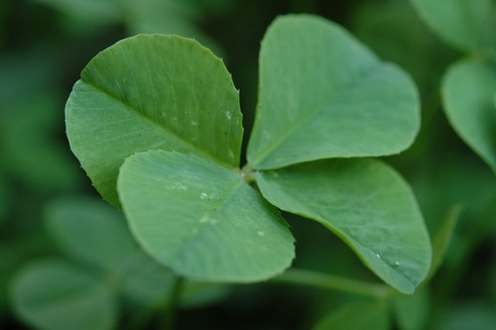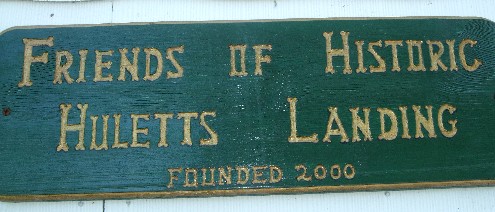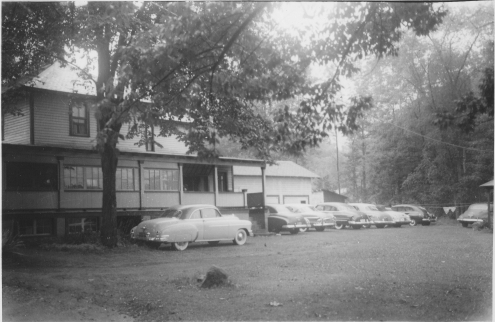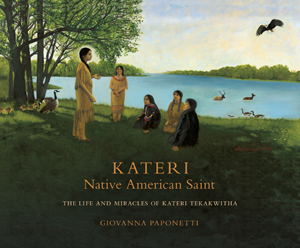From the THE CITIZEN-ADVERTISER, WEDNESDAY, 10/16/1963
Volunteers Fighting Blazes Share Goal, Differ in Reasons
They come from NY City, Albany, Syracuse, from Fort Edward, Clemons, Hadley and nearby farms – the hundreds of men and boys who, off and on, for more than a week have battled the flames eating into New York’s vast and valuable forestlands.
These smoke-begrimed, oftentimes thirsty volunteers are engaged in a near ceaseless effort to contain the fires cropping up in tinder-dry-woods. Today about 75 fires were reported burning in woodlands across the state. Showers were forecast for some areas but the Weather Bureau held out little prospect of a good soaking rain. Some of the firefighters, including a group of sixteen-aged boys, who had to hike for about 30 miles with scarcely a ride, slept on bare ground without blankets. When the six could stand it no longer in the 30-degree temperature in the Adirondacks, they walked a mile to a house, where they were taken in.
Who comes to fight fires and why? Well, a professor in Albany telephoned the Conservation Department Office, near here, to ask directions to fire-fighting headquarters at the foot of Spruce Mountain. 25 miles northeast of here, betweens Lakes George and Champlain. A Conservation Department supervisor. Robert E. Richards asked why he wanted to come. The professor replied that he loved the Adirondacks.
Some come for the excitement, others to save property. It’s hard work and there is plenty of confusion, with so many strangers.
One group, armed to fight a fire, missed it and walked right by to the next hamlet Huletts Landing. The volunteers are paid 75 cents an hour. They generally work a 12-hour shift. Some leave after one stint.
Others want to stay on. Since the state has no shelter for them, they must go elsewhere or sleep on the ground. Most have transportation of their own. Any volunteer who checks the Conservation Department in advance is advised to wear heavy clothes and boots. At one point, Richards said, about 400 men fought flames on Spruce Mountain and at nearby Lapland Pond. The force had dwindled by today to the neighborhood of 100. This was the mop-up operation. The fires were believed to be contained. But said one veteran as he watched a youngster chopping away at the burning underground roots of an aged balsam: “That underground fire won’t go out until January.”








